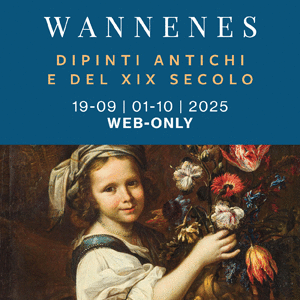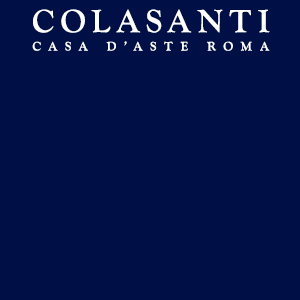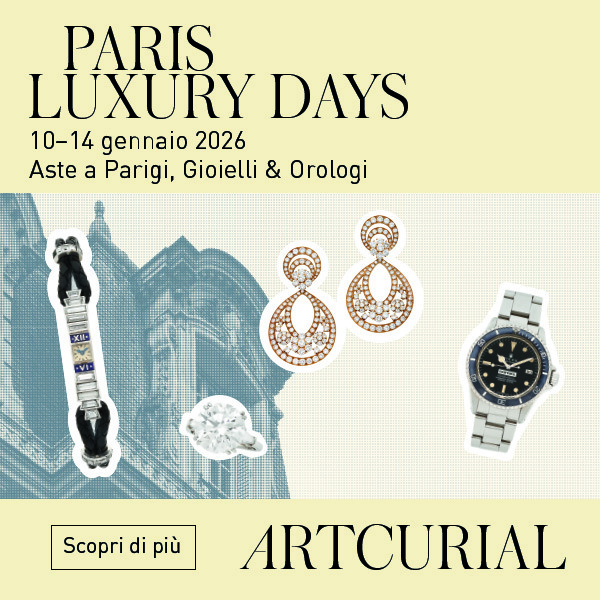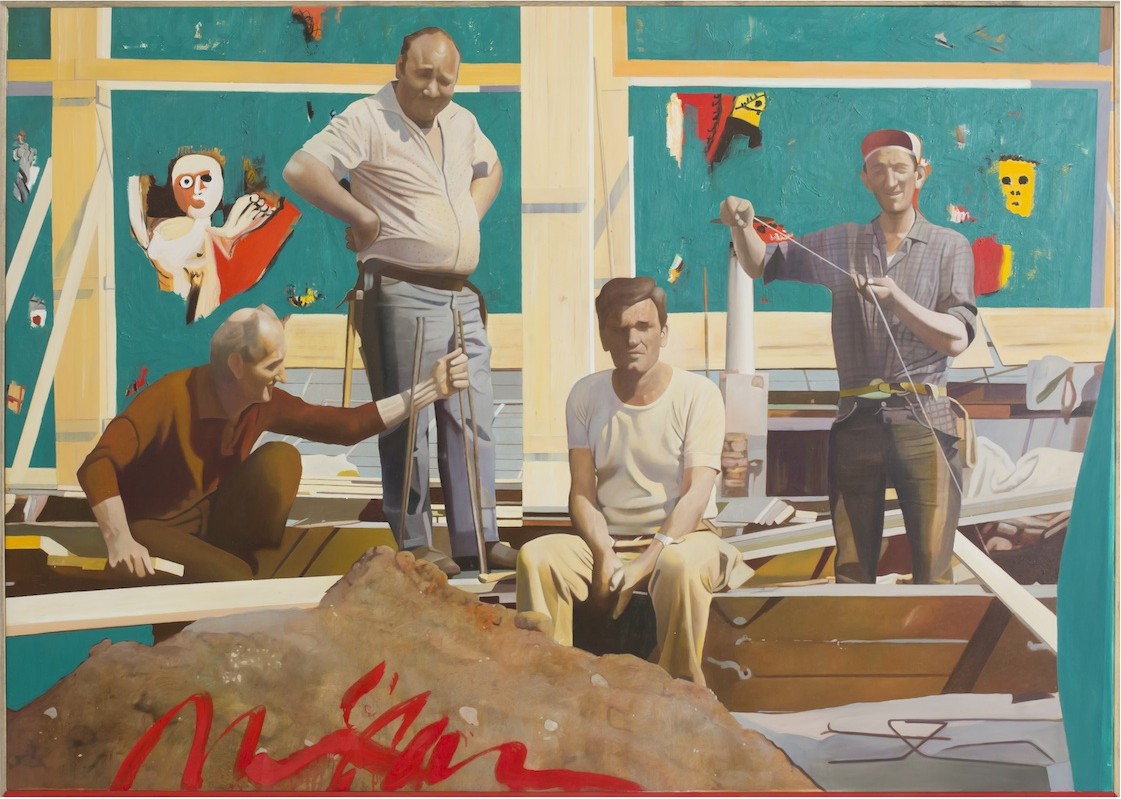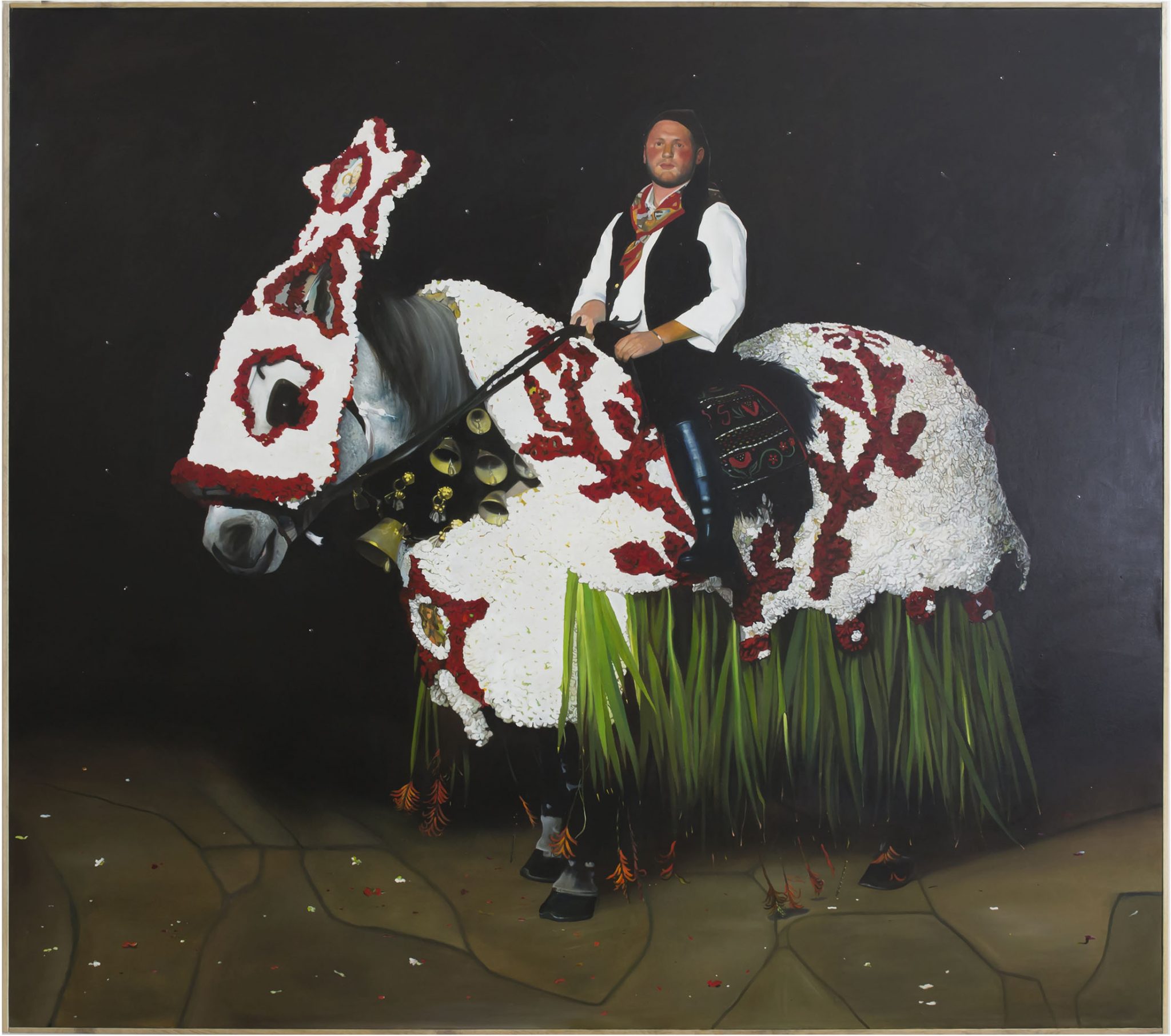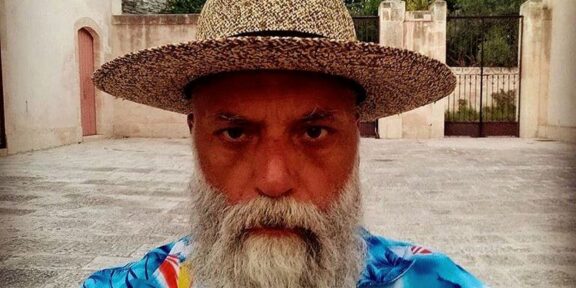Ex Marmi, complesso post-industriale a Pietrasanta, inaugura sabato 7 luglio il suo terzo anno di attività espositiva in collaborazione con la Galleria Poggiali e Forconi presentando la doppia personale di Thomas Gillespie e Francesco Lauretta dal titolo stare fuori, a cura di Lorenzo Bruni. La coralità dell’intervento è prodotto espressamente per l’occasione. I due artisti, mossi dalla stessa attrazione e repulsione per la pratica della pittura figurativa, hanno realizzato due nuovi cicli di lavori nati dalla riflessione sul ruolo della “narrazione” all’interno delle loro opere. I quadri, i disegni, i collages, per un totale di 15 opere per ciascun artista, sono connessi tra di loro, all’interno di un percorso creato appositamente per lo spazio di Ex Marmi, al fine di instaurare un racconto intimo con lo spettatore poiché suggerito e sussurrato, più che enunciato. La doppia personale, con gruppi di piccoli lavori vicini tra di loro, accostati ad interventi di grandi dimensioni, è caratterizzata da un allestimento ideato appositamente per lo spazio e che ha influito la realizzazione degli stessi quadri e disegni esposti.
Come scrive il curatore Lorenzo Bruni nel catalogo: “I frammenti, evocati dal titolo della mostra, nel caso di Gillespie corrispondono a quelli dei paesaggi storici come le piramidi egiziane che si stratificano in primo piano con le immagini dei resti di un cimitero di automobili, evidenziando come entrambi siano parte del serbatoio collettivo e di quello che chiamiamo paesaggio moderno. Invece, per Lauretta i frammenti del reale, come la veduta di un temporale che sta per sopraggiungere su dei caseggiati, un angolo di una stanza vuota, i piedi di una scultura visibili per la gonna alzata, si associano tra di loro per creare una tensione inedita tra esterno ed interno in cui non sappiamo se il fatto è già accaduto o deve accadere. Così, le domande che emergono attraverso questa doppia personale riguardano i limiti e le regole della narrazione. Proprio la scelta di associare piccole tele, collages e disegni realizzati dagli artisti permetterà di addentrarsi nel problema della composizione e della frammentazione del discorso logico unico, che è stato volutamente smarrito nel corso del Novecento, facendo apparire il frammento come l’unica possibilità di universo. Queste sono le suggestioni iniziali attorno a cui i due artisti costruiscono il loro personale “Frammento di un discorso amoroso”, parafrasando la celebre raccolta di Roland Barthes del 1977, rispetto al reale e alla pratica della pittura”.
L’affermazione del titolo di “stare fuori” rimanda alle questioni filosofiche e letterarie del Novecento che ha visto sempre in questa esortazione una sorta di manifesto non scritto: Stare fuori dagli schemi. Stare fuori dai luoghi comuni. Stare fuori in mezzo alla gente per capire cosa veramente pensa. Stare fuori perché l’interno è solitudine e autoreferenzialità. Cercare di far emerge e mettere in dialogo la propria intimità. Tirare fuori gli scheletri dall’armadio. Il titolo di stare fuori per Thomas Gillespie e Francesco Lauretta è anche una constatazione pragmatica della tipologia dei soggetti principalmente affrontati dai due artisti fino ad oggi, i quali hanno sempre avuto a che fare con l’esterno degli spazi pubblici. Per Thomas Gillespie si tratta soprattutto di curve di strade asfaltate, di pompe di benzina, filari di viti, capannoni industriali, mentre per Francesco Lauretta consistevano nei particolari di processioni religiose, momenti aggreganti nelle piazze, vedute sul mare. E’ difficile però ridurre tutte le loro opere allo stereotipo o al concetto di paesaggio. Infatti, si tratta sempre di paesaggi interiori in cui “la veduta del mondo” (urbano o naturale, verso l’esterno o l’interno) acquista le caratteristiche di un “personaggio dialogante”, sia che tratti di un cielo notturno o delle stratificazioni decorative naturali all’interno di una casa novecentesca. Forse proprio da questa particolarità deriva la vena romantica e introspettiva che emerge dalle tele, come la necessità da parte degli artisti di lavorare sulla pittura come parte di una processualità più ampia che investe il problema della narrazione in sé e che li porta a sollevare la questione: “Per chi si creano le storie…per chi si dipinge?”
EX MARMI – COMPLESSO POST-INDUSTRIALE, PIETRASANTA
Via Nazario Sauro, 52 Pietrasanta (Lucca) T. 333.8073318
THOMAS GILLESPIE / FRANCESCO LAURETTA catalogo disponibile www.poggialieforconi.it – info@poggialieforconi.it
Inaugurazione sabato 7 luglio ore 18.30 Orari: 18-24, chiuso il lunedì
credits fotografici:
Francesco Lauretta, “Dentro di te matura un nuovo romanzo”, 2012. Olio su tela, 161x121cm, courtesy Galleria Poggiali e Forconi, Firenze.
Francesco Lauretta, “Una forma di grande narrazione”, 2012. Olio su tela, 51x40cm, courtesy Galleria Poggiali e Forconi, Firenze.
Thomas Gillespie, “senza titolo” , 2012. Olio su tela, 139x184cm, courtesy Galleria Poggiali e Forconi, Firenze.
Thomas Gillespie, “senza titolo”, 2012. Olio su tela, 139x184cm, courtesy Galleria Poggiali e Forconi, Firenze.
PRESS RELEASE
EX MARMI Pietrasanta
Thomas Gillespie / Francesco Lauretta
VERNISSAGE SATURDAY 7 JULY 2012 AT 18.30
7 JULY – 10 AUGUST 2012
stare fuori
(on the outside)
fragment of a lover’s discourse
curated by Lorenzo Bruni
On Saturday 7 July the Ex Marmi post-industrial complex in Pietrasanta launches its third year of activity in collaboration with the Poggiali e Forconi Gallery, presenting the double solo show of Thomas Gillespie and Francesco Lauretta, entitled “stare fuori” (on the outside) and curated by Lorenzo Bruni. The choral nature of the event has been specially designed for the occasion. The two artists, who share the same attraction/repulsion for figurative painting, have produced two new cycles of works spawned by reflection on the role of “narration” within their works. The paintings, drawings and collages, 15 pieces for each artist, are interrelated as a project concept and specifically-created for Ex Marmi, with the idea of developing an intimate narration with the spectator that is suggested and whispered rather than declared. The double solo show, with groups of small closely-related works juxtaposed with large-scale pieces, features a specially designed layout that has influenced the creation of the paintings and drawings on display.
As the curator Lorenzo Bruni writes in the catalogue: “In the case of Gillespie, the fragments evoked by the title of the show correspond to those of historic landscapes such as the Egyptian pyramids that are stratified in the foreground with the images of the wreckage of a car cemetery, underscoring how both are part of the collective reservoir and what we call the modern landscape. For Lauretta, on the other hand, the fragments of the real, such as the view of a storm gathering above tower blocks, the corner of an empty room, the feet of a sculpture revealed by the raised skirt, become associated with each other to create an unusual tension between exterior and interior in which we do not know whether the action has already taken place or is yet to come. Thus, the questions raised by this double solo show relate to the rules and limits of narration. The very decision to associate small paintings, collages and drawings made by the individual artist will make it possible to enter into the problem of the composition and the fragmentation of a single, logical discourse, which was deliberately mislaid in the course of the twentieth century, making the fragment appear as the only possibility of universe. These are the initial suggestions, around which the two artists build their personal “fragment of a lover’s discourse” paraphrasing the famous 1977 collection by Roland Barthes, in relation to the real and to the practice of painting.”
The statement of the title “stare fuori” (on the outside) harks back to the philosophical and literary issues of the twentieth century that always saw in this exhortation a sort of unwritten manifesto: On the outside of conventions and clichés. On the outside of the box. On the outside when you’re surrounded by people so you can understand what they really think. On the outside, because the inside spells solitude and self-reference. Try to bring your innerness to the outside and set it in dialogue. Bring those skeletons out of the cupboard. For Thomas Gillespie and Francesco Lauretta the title “stare fuori” (on the outside) is also a pragmatic observation of the type of subjects mainly addressed by the two artists to date, which have always been concerned with the outside of public spaces. For Thomas Gillespie these are largely the curves of tarred roads, of petrol pumps, rows of vines, industrial sheds, while for Francesco Lauretta they consist of religious processions, moments of congregation in squares, views over the sea. However, all their works cannot be reduced to the stereotype or concept of the landscape. They are in effect always interior landscapes in which the “view of the world” (urban or natural, outwards or inwards) acquires the features of a “conversing character”, whether it is a night sky or the natural decorative stratifications within a twentieth-century home. It is perhaps from precisely this detail that the romantic and introspective vein to be discerned in the paintings derives, almost as if the artists needed to work on painting as part of a broader process affecting the issue of narration in itself, bringing to the fore the question: “Who do we make stories for… who do we paint for?”
EX MARMI – POST-INDUSTRIAL COMPLEX, PIETRASANTA
Via Nazario Sauro, 52 Pietrasanta (Lucca) Tel. 333.8073318
THOMAS GILLESPIE / FRANCESCO LAURETTA catalogue available www.poggialieforconi.it – info@poggialieforconi.it
Vernissage Saturday 7 July at 18.30 Open: 18-24, closed on Monday






